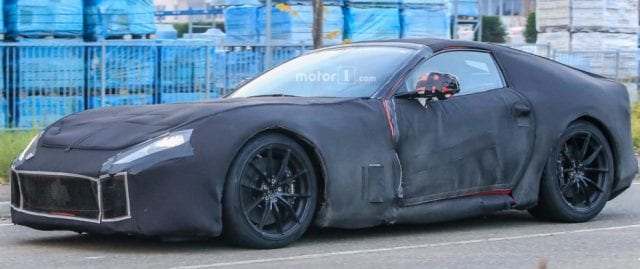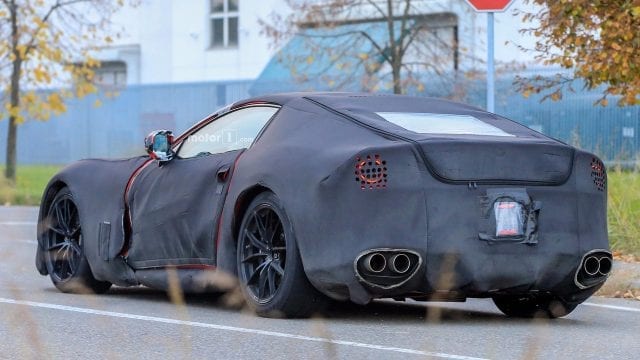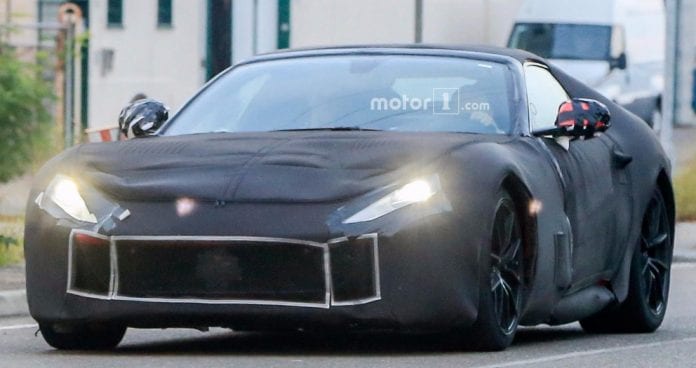2017 Geneva Motor Show is definitely going to be more than exciting, but the latest news is making it incredible. You probably are asking why? Well, the fact is that the Ferrari is supposed to bring something very powerful to Geneva. That beastly little toy is deemed to be a Ferrari F12 M which is a successor to the F12 Berlinetta, and it will most likely debut in March at one of the most popular auto shows.
Engine
Thanks to the almighty internet, we managed to find some leaked performance info which blew our mind off. Apparently, under the hood of the Ferrari F12 M crouches a 6.5 L V12 that is (according to the info) capable of delivering 800 HP (597 kilowatts) and 530 pound-feet (718 Newton-meters) of torque. This, of course, is a significant jump forward from the current 6.3 L engine which is found in the current F12 Berlinetta that offers, for comparison sake, 730 HP (544 kW) and 509 lb-ft (690 Nm) of torque. More extreme version, the F12tdf is delivered with 770 HP (574 kW) and 521 lb-ft (705 Nm) of torque.
We also stumbled on an Autocar post that states that this will be the last naturally-aspired V12 built by Ferrari, which is at the same time the most powerful one they made to date. According to the same info, the Ferrari F12 M will be able to launch from standstill to 62 MPH in under three seconds and will be able to reach 124 MPH in under 8 seconds, which is more than remarkable.

Ferrari F12 M – Design & Interior
As far as the look is considered it has been reported that Ferrari F12 M will have an evolutionary design which will be far better than the one on the ongoing Berlinetta. It will host a new LED headlights, a restyled grille, and a whole bunch of other major and minor distinctive body line changes, as well as a “rear diffuser (that) looks like it is floating off the back.” Interior will be graced with a bunch of latest tech features like a dual-screen infotainment system, an 8.8-inch “passenger display” and a few long-awaited upgrades to the seats and design.

2018 Ferrari F12 M Release Date
The production is slated to star sometime in early 2018 and it will last only a year or so, mainly because only 1,000 to 1,200 units are expected to be produced (small portion of those will have right-hand drive), and a limited series of 80 to 100 units are slated to follow sometime later in its life cycle.









